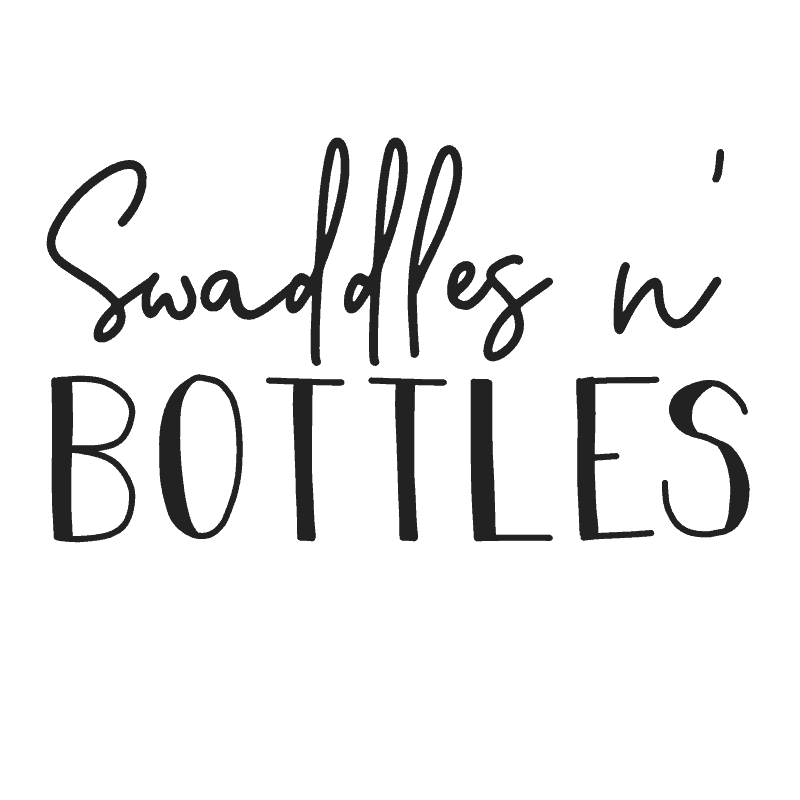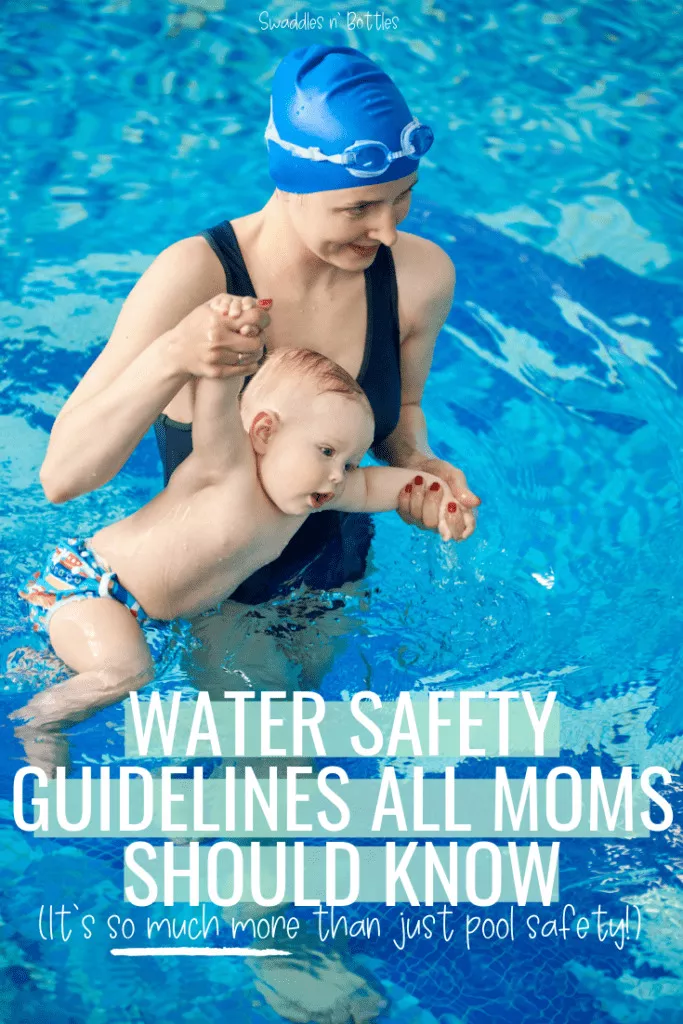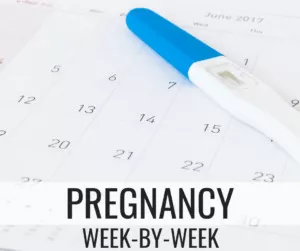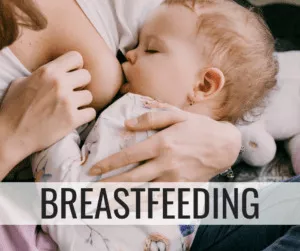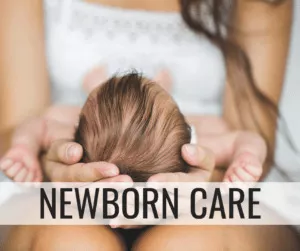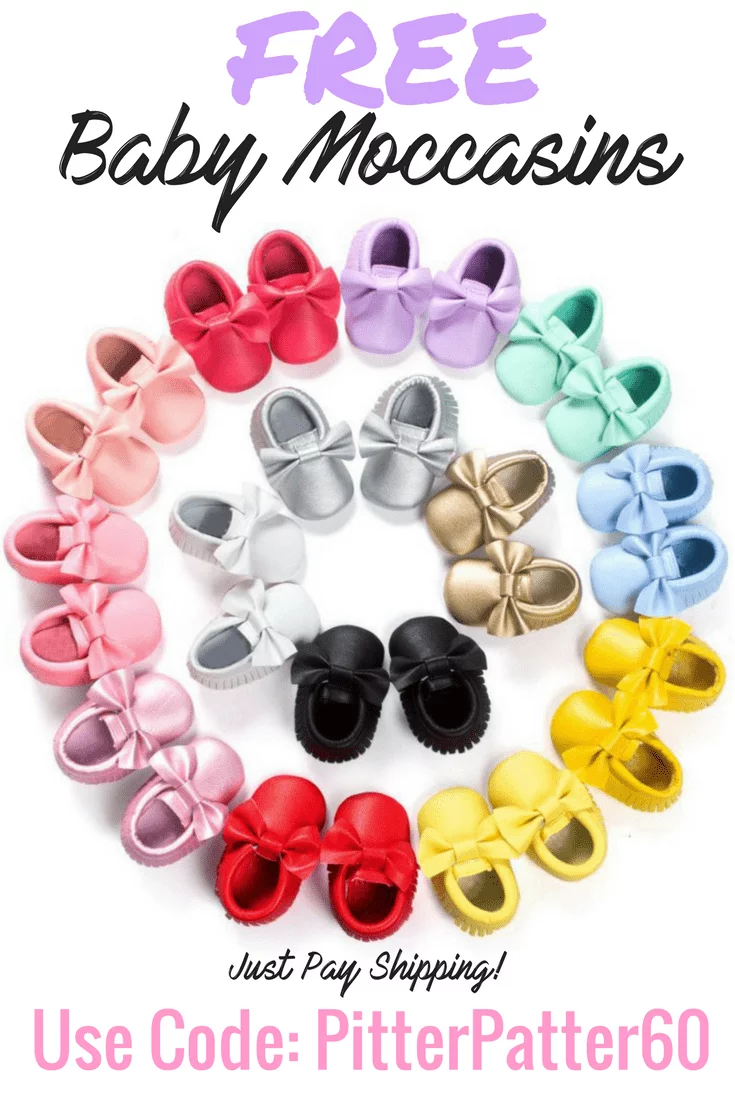Water Safety Guidelines for Baby and Toddlers
Entering motherhood is a whole new world, most of us would agree (and if you just sang those Disney lyrics as I did when I wrote them, you might be my new best bud). There are so many decisions, warnings and advice to heed that it is nearly impossible not to succumb to all the anxiety and worry that accompanies keeping our children safe, healthy and alive. As mothers of newborns, we worry if our babies are getting enough milk or formula, gaining substantial weight or have high levels of jaundice. What topic is likely not on the radar, though? Water Safety.
Why would we worry about water safety for infants? They can’t move and we do everything for them so surely, water safety is something we can worry about when they’re older! That’s where the misconceptions need to end; water safety is a concept that needs to be acknowledged from birth and beyond in order to keep our babies as safe as possible!
Not-so-fun-fact
Drowning is the leading cause of injury-related death in children under four years of age in the United States (Romero, 2019).
It doesn’t take a lake, pool, hot tub or otherwise large body of water for a child to drown. Children can and do drown in just an inch of water. Areas such as the bathtub, a bucket, a toilet, a kiddie pool or even a water/splash mat pose drowning risks if an infant were to find himself in a position where water completely covered their nose and mouth; that’s all it takes. 5-10% of children who survive a near-drowning incident will suffer permanent brain damage and/or quadriplegia (loss of all four extremities and torso)(Romero, 2019).
Bathtub Danger
Bathtubs pose substantial risk for drowning and are the leading cause of inside-the-home drownings in children (American Academy of Pediatrics, 2019). Furthermore, half of the drownings that occur in bathtubs involve infants under the age of one. This is one area where supervision is absolutely critical.
Steps to keep infants safe from drowning
- Supervision: This may sound redundant or obvious, but you’d be surprised how common and easy it is for an adult to get distracted by one small task. Grabbing a forgotten towel from the clean laundry bin out by the stairs, a quick jog to get a cup to rinse baby’s hair from the pantry or a zip upstairs to grab pajamas while baby is content and happily playing -all small, quick tasks that we’d likely think nothing of until it was too late.
- Plan Ahead!
Get everything ready for bathtime before anybody gets to the bathroom. Make sure there are sufficient towels, soap, a rinsing cup and clean clothes and a diaper prior to turning the bathtub faucet on. If you’re going out near an area of water, such as a lake or even a child’s play pool, be sure to have sunscreen, water, towels, your cellphone, sunglasses, hats, shoes and clean clothes/diaper if needed, ready to go. The key is to always remain one step ahead of the plansso there is no lapse in supervision for any duration of time or reason.
- The One-Hand Method
if you must turnaway (turn, not walk!) from your baby at any time during their bath, keep one hand on them if your eyes cannot be. This will ensure you know your baby’s exact position in the water and can assist them in a split second. If your baby is playing on a water mat, in a kiddie pool or by an open body of water, this same method is applicable. You should never be more than an arm’s length away from an infant who is nearby water. Using the one-hand method will keep your baby safe and you anxiety-free, knowing (and being able to feel) they are safe!
- Safety Locks
So many parents, myself included just a few years ago, think their household has no need for safety locks. I always thought to myself how I’d never seen my kids show even a remote interest in what was under the bathroom cabinets, in the cabinets in our kitchen or under the lid of the toilet. But soon enough, their curiosity was piqued and they were into or trying to stand on EVERYthing. The locks HAD to come out – it was just so unsafe NOT to have locks at that point. For water safety, keep those locks on bathroom doors and the toilets! Your best bet is for your child, however mobile or immobile, to have aslittle access as possibleto areas where there could be even an inch of water.
- Know What To Do
If your infant were to fall into an open body of water, what would you do? Would you know how to react or when/if to call 911? What if they were unresponsive? Do you know infant CPR? Dreaded thoughts, I know, but accidents can and do happen.
- Take an infant/child CPR class, it might literally save your child’s life one day. They’re usually quick and inexpensive and their training is invaluable. Contact your local
- Red Cross
- American Heart Association
- Local Fire Stations
- National CPR Associations
- Local Hospitals (childbirth classes, infant care courses, etc.)
- Organizations such as Nini Bambini, if you have one locally.
One More Handy Tip
Keep your cell phone nearby
Though it is not advised to ever be engaged on your cell phone while watching a child or infant near the water, having a phone nearby at all times ensures access to call for help immediately, should the need arise.
Last but not least, the following is a list of areas where water might collect that you might not think of when baby-proofing or restricting access. Remember, it only takes 1-2” of water and/or a baby’s nose and mouth being covered by water for the risk of drowning to present itself. Don’t assume your immobile baby is safe from drowning risks because they cannot move their bodies- undeveloped or underdeveloped head control means an infant could find himself face down relatively easily.
Not-so-obvious pools of water that pose drowning risks
- Buckets for mopping, cleaning or painting
- Toilets
- Bird Baths
- Pet water bowls
- Trash or recycling containers where rainwater might collect
- Coolers with melted ice
- Decorative water fountains
References & Further Reading
American Academy of Pediatrics
Kids Health & Sarah K Romero, MD
Meet the Author:

Ashley Lavoie is a married mom of three living in Southern NH. She loves to write and do kids activities and crafts with her children. She loves being outdoors, reading and learning new things! She found herself a stay-at-home-mom following the Neonatal Diabetes diagnosis of her youngest son when he was just six months old. Now, she is a freelance writer and advocate for Neonatal and Type One Diabetes and ADHD, running a blog as a means of therapy and a little extra income for her family!
